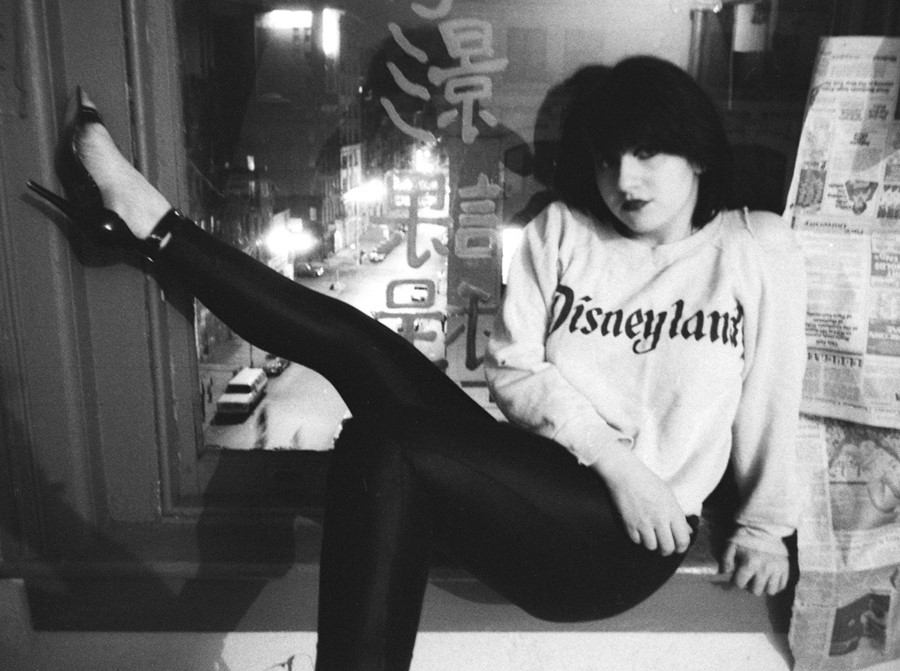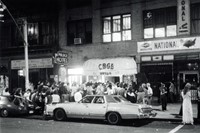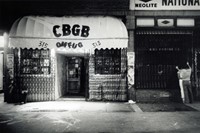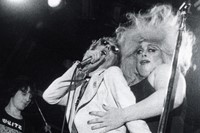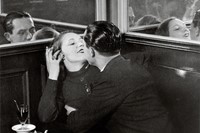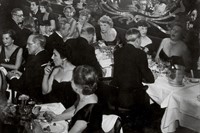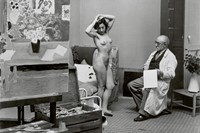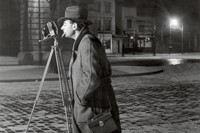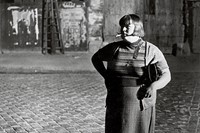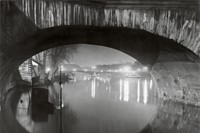As a new exhibition of his work goes on display, American photographer Godlis tells Miss Rosen about how Brassaï inspired him to capture the lifeblood of CBGB in the 70s
In the summer of 1976, two events occurred, forever transforming the course of American photographer Godlis’ life and the history of punk. It began when he purchased a copy of The Secret Paris of the 30s, Brassaï’s evocative memoir from his youth featuring his adventures through the brothels and opium dens of the bas monde.
“During my first years in Paris, beginning in 1924, I lived at night, going to bed at sunrise, getting up at sunset, wandering about the city from Montparnasse to Montmartre,” Brassaï, then in his seventies, wrote. “I was inspired to become a photographer by my desire to translate all the things that enchanted me in the nocturnal Paris I was experiencing.”
On one of these nightly jaunts, Brassaï happened upon the Bals-Musette, a shady dance hall where Paris’s high society mingled with its underground. Here, he made pictures too scandalous to include in Paris by Night, the groundbreaking 1933 monograph that brought the Hungarian photographer to the world stage. But by the 1970s, in the wake of Free Love and the Gay Liberation movement, a new hunger for the lives of sexual libertines was in the air, and Brassaï published these images of the darker side of the French capital in The Secret Paris of the 30s in 1976.
Taken with the Hungarian photographer’s exquisite eye, Godlis purchased the hardcover book and brought it with him to work, spending the mornings pouring over its pages before starting his shift at Burger King in Times Square. Like a great record that becomes the soundtrack of your life after you give it a spin, Brassaï’s photographs began to shape and inform the way Godlis was seeing the world.
Godlis, in his twenties, had just moved to New York, and was seeking out adventures of his own. An aspiring street photographer in the vein of Garry Winogrand and Robert Frank, Godlis came to town ready to become “one of those characters on the street with a camera”.
After seeing a few ads in The Village Voice, Godlis headed down to Bowery and Bleecker to check out a local bar called CBGB, where new rock bands played. From the moment he entered, he knew it was a special place, and soon found himself there every night, enjoying the people and the scene. That’s when the epiphany hit.
“The revelation I took from Brassaï’s Secret Paris was that down on the Bowery, I could be a ‘street photographer’ at night,” Godlis says. “Brassaï the night-walker can be seen as a modern extension of the flâneur, someone who was idle, detached, frequently solitary, unencumbered by the constraints of family life and timetables, and could exist only in the metropolis.”
Godlis fit the bill perfectly. The only thing he wanted was to get out there and make photographs. He set forth to teach himself how to shoot at night without a flash and make prints in his home darkroom. “It went along perfectly with the punk scene: three chords are enough,” he says.
“We were all trying to put it down in a real DIY fashion and get it out there right away. That’s what was going on at CBGB: Jim Jarmusch wanted to make movies, Debbie Harry and Chris Stein wanted to make records, the Ramones wanted to play shows. I wanted to take photos, print them, and go out and make more pictures.”
For the next three years, Godlis amassed a seminal body of work documenting the New York punk scene at its peak. In the spirit of Brassaï, Godlis dropped his first name and used only his last, adopting a mononymous signature in a scene populated by characters like Richard Hell, Johnny Rotten, Stiv Bators, and Rat Scabies.
Also like Brassaï, Godlis waited 40 years before his photographs were finally published as a monograph in History is Made at Night. It wasn’t intentional, but the parallel adds another layer of resonance, a compelling reminder to follow your dream without fear, knowing one day the world will catch up.
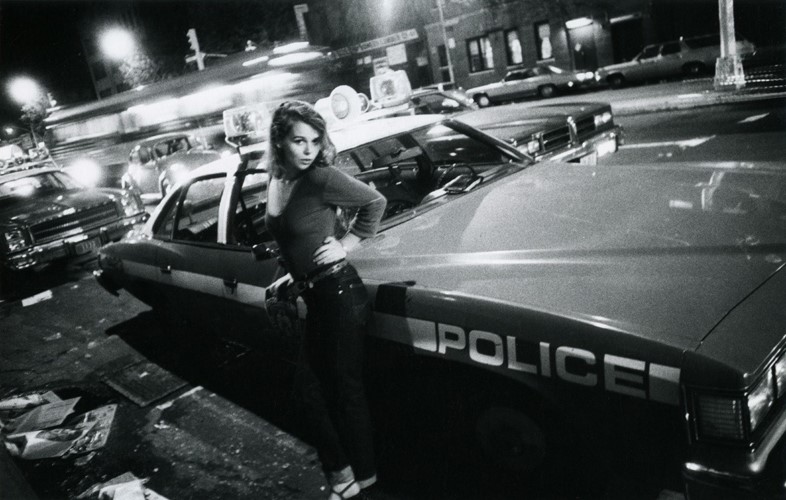
Brassaï is on view at Foam Amsterdam from September 13 – December 4, 2019.
